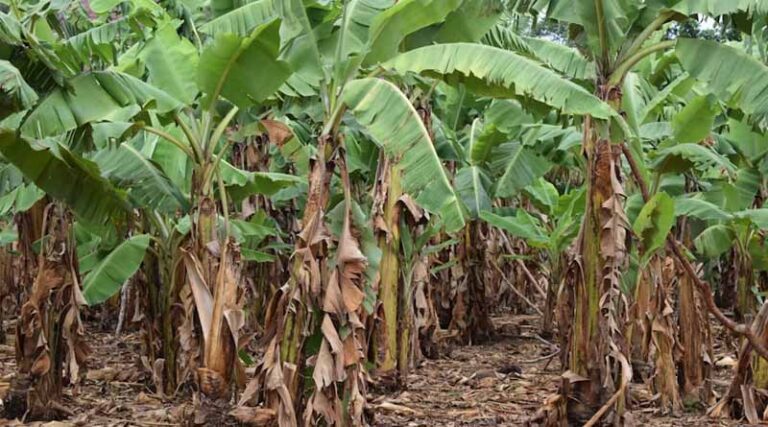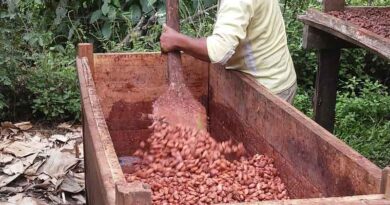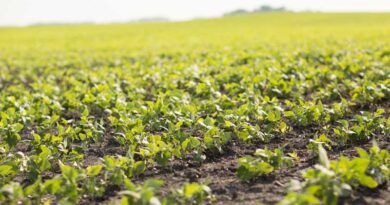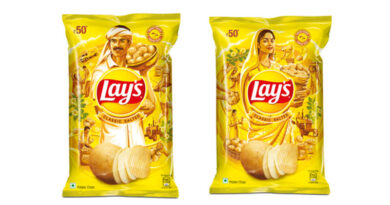
Sigatoka Leaf Spot Disease in Bananas: Causes, Symptoms, and Effective Control Measures
01 September 2025, New Delhi: Banana is one of the most important fruit crops grown worldwide, contributing significantly to food security, farmer income, and international trade. However, its productivity is increasingly threatened by Sigatoka leaf spot disease, also known as Black Sigatoka or leaf speckle disease in bananas. This fungal infection reduces photosynthesis, lowers yield, and affects fruit quality, making disease management in banana farming a global priority.
What is Sigatoka Leaf Spot Disease?
Sigatoka disease in bananas is caused by the fungus Cercospora musae. The first major outbreak was recorded in 1913 in Fiji’s Sigatoka Valley, which gave the disease its name. Today, it is present in almost every banana-growing region across Asia, Africa, and Latin America. The disease is considered one of the most economically damaging banana fungal diseases, as it reduces both yield and export potential.
Symptoms and Crop Damage
Identifying the disease early is crucial for banana disease management:
- Initial symptoms appear on the third or fourth leaf from the top as tiny yellow-green streaks parallel to the veins.
- These streaks expand into large brown patches, eventually causing the leaf to scorch and dry.
- Severe infections destroy most leaves, leaving plants unable to photosynthesize properly.
- Fruits from infected plants ripen prematurely, have shorter shelf life, and cannot withstand long-distance transport.
As a result, farmers face not only reduced yields but also significant post-harvest losses, making Sigatoka control a key challenge in sustainable banana farming.
Effective Control Measures
In the Field
- Copper-based fungicides such as Phytolan, Cupramar, Blue Copper, or Blitox-50 (0.3%) should be applied at the early stage of infection. About 1000 liters of spray per hectare is needed, with 2% linseed oil to help the fungicide stick to banana leaves. (Trade names of products recommended above may vary for different regions)
- Systemic fungicides like Dithane M-45 (0.2%) and Benlate (0.1%) are also effective when applied at 2.5 kg per hectare.
- Spray technology matters—power sprayers ensure even coverage. At least two applications, 15 days apart, are recommended for best results.
- Research trials show that spraying 250 g of Benlate mixed in 6 liters of oil, applied twice at 15-day intervals, can significantly suppress the disease.
Before Planting
- Collect and destroy plant residues to reduce primary infection sources.
- Avoid using planting suckers from infected fields to prevent disease carryover.
Why Sigatoka Control Matters Globally
Banana is a staple food for millions and a critical export commodity for many tropical countries. Without effective Sigatoka control strategies, smallholder farmers face yield losses of up to 50%, while exporters struggle to meet international quality standards. Integrated approaches combining fungicides, clean planting material, and good agronomic practices are essential to ensure sustainable banana production and protect farmer livelihoods.
Also Read: Is TSV Virus Alone to Blame for India’s Low Cotton Productivity? What China Is Doing Differently
📢 If You’re in Agriculture, Make Sure the Right People Hear Your Story.
From product launches to strategic announcements, Global Agriculture offers unmatched visibility across international agri-business markets. Connect with us at pr@global-agriculture.com to explore editorial and advertising opportunities that reach the right audience, worldwide.






